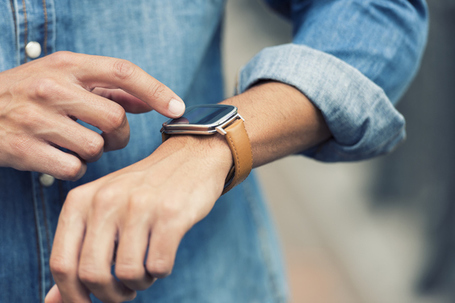How wearables can help the healthcare industry address Covid-19

Pandémie : le coupable, c’est l’homme
12/08/2020
Covid-19: la désinformation sur le web a causé des centaines de décès
13/08/2020With over 2.5 million Covid-19 cases in the U.S. this July, the pandemic has made it vital for hospitals to diagnose Covid-19 patients early on and monitor their health in real time while limiting contact between patients and medical staff. Wearable technology can play a key role moving forward by helping monitor critical information such as patient heart rate (HR) and core body temperature.
According to ABI Research, 30 million wearable devices capable of tracking, monitoring and fighting the progression of Covid-19 are expected to ship to healthcare organizations and patients this year. The research firm expects this number to grow to 104 million within the next five years based on infectious diseases like Covid-19 and the increasing need to remotely monitor patient’s medical status. Furthermore, as the number of people aged 65 and over continues to grow, physicians will be able to increasingly monitor elderly patients at home.
Many wearables startups are looking at additional uses for their devices and how they can support consumers during the pandemic. Over the last few months, we have seen a growing number of startups with sports tech, wellbeing and fitness backgrounds, pivoting and tweaking their products to help fight the progression of Covid-19. For example, Oura’s smart ring tracks HR, heart rate variability (HRV), and core body temperature. In a research study conducted with UCLA, the company used the physiological data submitted from its users to identify patterns and built an algorithm to predict the onset, progression, and recovery of future Covid-19 cases. Whoop is a Boston-based startup that shifted from wellness and sports to focus on Covid-19 and now showcases how its members are fighting the coronavirus pandemic.
Source: medcitynews.com


